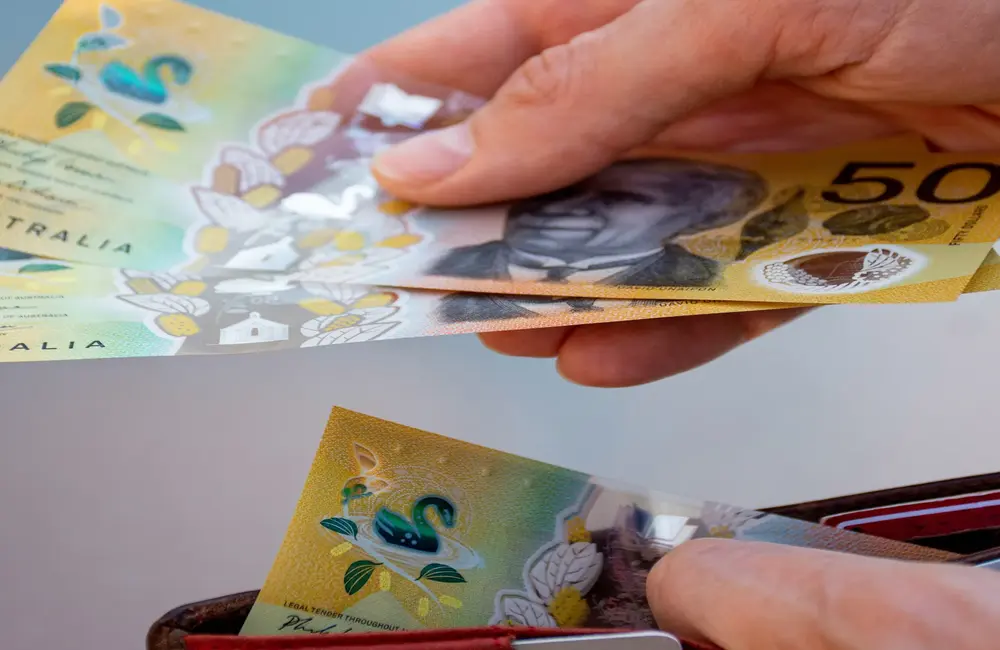The consumer price index (CPI) fell back from the end-2007 and end-2006 sustained pace (0.9% and 1.2% respectively) rising 0.5% over the month, as the RBA’s rate hikes begin to affect the economy, according to monthly inflation data released on Wednesday by the Australian Bureau of Statistics.
Underlying CPI increased 6.9% in the year to October 2022, following a 7.3% increase in September, and below market estimates. The S&P/ASX200 rebounded into positive territory following the announcement, edging 0.43 per cent higher at market close.
Head of equities research Peter Warnes said the result was a surprisingly positive sign but investors should also take note of a word of caution than that. Unlike the CPI, which is the quarterly inflation report, the monthly read doesn't take into consideration all of the categories, he added.
“Take in the fact that as of October data reflects current pricing on 62% of the CPI basket,” he writes.
“It’s not recognizing the full role that housing has played. It doesn't fully account for food and non-alcoholic beverages also rising, it only accounts for less than one third of the increase in transport costs and it doesn’t consider insurance and financial services,” Warnes said.
It’s the second economic release this week to have disappointed, with October retail trade data on Monday registering a 0.2% fall, the first monthly drop this year.
But Warnes says the decline in retail turnover could be related to consumers waiting for Black Friday and Cyber Monday sales.
“Whether the sales get pushed is completely irrelevant because consumers are still out there and spending money back into the economy, and you’re going to see that in November sales,” he said.
“It looks as though households won’t be held back in having a merry festive season, come hell or high water,” he said.
Transaction data from NAB has revealed Australians spent more than $7.1 billion over the four-day Black shopping event.
Effect of those interest rate hikes still reverberating
Warnes anticipates that the RBA’s ‘full dog’s breakfast of rate increases’ will start to have a more meaningful impact on consumer behaviour from 2023.
“I think you’re going to see a significant change going forward to 2023,” he said.
“Forget all the historical stuff and try to imagine what you think is going to happen in 2023. I have no doubt that household consumption, the quantum of its growth, will soften,” Warnes said.
Retail spending is still very strong and volumes of some categories clothing, household goods and recreational goods - are well above the 10-year trend, director of equity research Johannes Faul said.
“We still want to buy more stuff than we have in 10 years,” he said.
Faul, like Warnes, said she expected the series of interest rate rises by the RBA this year would start to bite into consumer demand next year.
“So, those high volumes we’ve seen are going to get pushed down a bit as those interest rate hikes that have already happened start biting the consumer.”
The RBA said that there was a lag-time between changes in monetary policy and the subsequent impact on the economy’s inflation and consumer behaviour of 12-24 months for full effect.
Consumers won’t really start to feel the damage of what’s already occurred until the middle of next year, Faul says.
“Rate hikes from the RBA will be the panacea helping bring consumer spending lower,” he says.
RBA Governor says sorry for pandemic communication
Answering questions from a Senate committee on Monday, RBA governor Phillip Lowe said he regretted telling households that interest rates would not rise from record lows until 2024, and conceded that many households had made spending decisions off the back of the forward guidance.
“I am, certainly, sorry if people are, you know, looking at anything we’ve said and have done that,” he said.
Asked why the RBA hiked before real wages were growing (a prerequisite established by the Board), Lowe said nominal wages had grown, and the RBA’s job is a nominal one.
“We also believed that the chances of inflation picking up quickly were low so we wanted to send a signal that we will keep interest rates low for an extended period,” Lowe said.
























